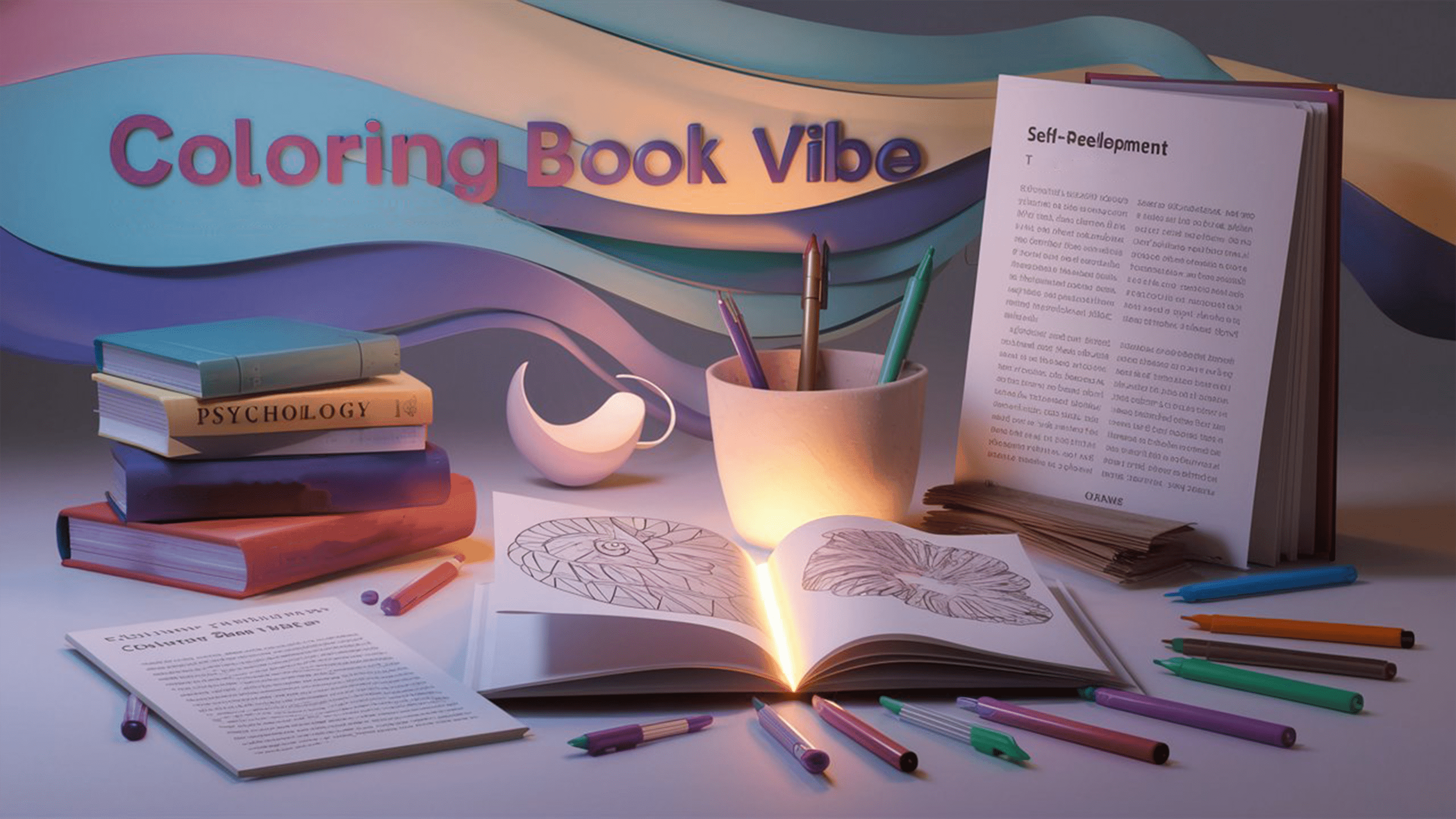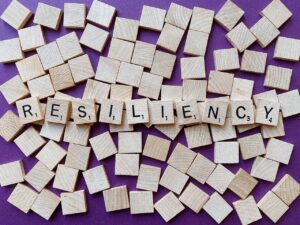“The Power of Mindfulness”
Introduction: In today’s fast-paced world, stress and anxiety have become common challenges many people face. From workplace pressures to personal issues, the demands of modern life can take a toll on mental well-being. However, mindfulness offers a powerful way to navigate these challenges and regain a sense of calm. This guide explores the concept of mindfulness, its benefits, and practical ways to use mindfulness to reduce stress and anxiety.
What is Mindfulness?
Mindfulness is the practice of bringing one’s attention to the present moment without judgment. It involves being aware of your thoughts, feelings, and sensations in real-time. By focusing on the present, mindfulness helps people break free from the cycle of worry about the past or future—common triggers for stress and anxiety.
-
- Origin: Mindfulness has its roots in ancient Buddhist traditions, but it has been adapted and secularized to suit modern practices.
-
- Key Concept: It’s about observing your experiences as they are, without trying to change them or react emotionally.
The Science Behind Mindfulness and Its Impact on Stress and Anxiety
Research has shown that mindfulness can have profound effects on mental and physical health. According to studies published by Harvard and Johns Hopkins, practicing mindfulness can reduce levels of the stress hormone cortisol, lower blood pressure, and even improve immune system function.
-
- Stress Response Reduction: Mindfulness activates the parasympathetic nervous system, which helps the body recover from stress.
-
- Improved Cognitive Function: Mindfulness can lead to better focus, improved memory, and enhanced problem-solving abilities, which can reduce feelings of being overwhelmed.
How Mindfulness Helps Reduce Stress and Anxiety
-
- Breaking the Worry Cycle: Stress and anxiety often stem from excessive worrying about future events or overthinking past situations. Mindfulness teaches us to observe our thoughts without attaching negative emotions to them. Instead of getting stuck in a loop of anxiety, mindfulness encourages acknowledgment of thoughts and letting them go.
-
- Enhancing Emotional Regulation: When we experience anxiety, our emotions can become overwhelming. Mindfulness allows us to observe these emotions from a distance, helping us understand them without getting consumed by them. This practice strengthens emotional intelligence and emotional regulation.
-
- Fostering a Non-Judgmental Attitude: One of the core principles of mindfulness is acceptance. Mindfulness encourages individuals to accept their thoughts and emotions without judgment, which can reduce the self-criticism that often accompanies stress and anxiety.
Mindfulness Techniques for Reducing Stress and Anxiety
Here are some practical mindfulness techniques that can help lower stress and anxiety:
-
- Mindful Breathing
-
- Focus on your breath, paying attention to each inhale and exhale.
-
- Count your breaths if your mind starts to wander.
-
- Benefits: Helps ground you in the present moment and can immediately calm your nervous system.
-
- Mindful Breathing
-
- Body Scan Meditation
-
- Lie down or sit comfortably. Starting from your toes, slowly bring attention to different parts of your body.
-
- Notice any tension or discomfort without trying to change it.
-
- Benefits: Promotes relaxation and can reduce physical symptoms of stress.
-
- Body Scan Meditation
-
- Mindful Walking
-
- As you walk, focus on the sensation of your feet touching the ground, the movement of your legs, and your breathing.
-
- Avoid thinking about your destination; instead, stay present with your body’s movements.
-
- Benefits: Combines physical activity with mindfulness, providing a break from overwhelming thoughts.
-
- Mindful Walking
-
- Loving-Kindness Meditation
-
- Focus on developing feelings of compassion towards yourself and others.
-
- Silently repeat phrases like, “May I be happy, may I be healthy, may I be at peace,” and extend these wishes to others.
-
- Benefits: Helps cultivate a sense of connection and positivity, reducing feelings of isolation and anxiety.
-
- Loving-Kindness Meditation
-
- 5-4-3-2-1 Grounding Technique
-
- Look around and name five things you can see, four things you can touch, three things you can hear, two things you can smell, and one thing you can taste.
-
- Benefits: A quick and effective technique for calming the mind during anxiety attacks.
-
- 5-4-3-2-1 Grounding Technique
Creating a Mindfulness Routine
To gain the full benefits of mindfulness, consistency is key. Here’s how to create a routine that works:
-
- Start Small: Begin with just 5-10 minutes of mindfulness practice each day. Over time, you can increase this duration as it becomes a habit.
-
- Set a Reminder: Schedule mindfulness practice into your daily routine. Whether it’s in the morning, during lunch breaks, or before bed, consistency will make it easier to stick with it.
-
- Create a Mindfulness Space: Dedicate a quiet, clutter-free area in your home where you can practice mindfulness without distractions.
-
- Use Apps: Apps like Headspace, Calm, or Insight Timer can guide you through mindfulness meditations and help track your progress.
-
- Incorporate Mindfulness into Daily Activities: You don’t need to set aside special time to practice mindfulness. You can bring mindfulness into your daily life by paying attention to the present moment while eating, working, or even brushing your teeth.
Long-Term Benefits of Mindfulness for Mental Health
Mindfulness offers long-term benefits that go beyond immediate stress relief. With regular practice, individuals can experience:
-
- Improved Mental Clarity: With reduced stress, the mind is clearer, allowing for better decision-making and creative problem-solving.
-
- Enhanced Emotional Resilience: By becoming more aware of your emotions, mindfulness helps build resilience, allowing you to handle life’s challenges with greater ease.
-
- Increased Self-Awareness: Mindfulness fosters self-reflection, enabling you to better understand your behaviors and thought patterns, leading to healthier responses to life’s stressors.
-
- Better Relationships: Mindfulness promotes empathy and active listening, improving communication and reducing conflict in personal and professional relationships.
Combining Mindfulness with Other Stress Management Techniques
While mindfulness is a powerful tool on its own, combining it with other stress management techniques can further enhance its effects. Some additional techniques include:
-
- Exercise: Physical activity, such as yoga or walking, complements mindfulness by promoting relaxation and stress relief.
-
- Journaling: Writing down thoughts and feelings can help process emotions and reinforce mindfulness practices.
-
- Therapy: For those dealing with chronic anxiety or stress, combining mindfulness with cognitive-behavioral therapy (CBT) or talk therapy can provide deeper healing.
Conclusion: Harness the Power of Mindfulness
Mindfulness is not a quick fix but a long-term solution for managing stress and anxiety. By embracing mindfulness practices, you can gain greater control over your mental and emotional state, reducing the impact of stress and anxiety on your life. Whether you’re just starting or looking to deepen your practice, mindfulness offers a simple yet profound way to cultivate peace, presence, and well-being.
Let your imagination run free, Immerse yourself in a world of colors and beauty. Remember, your mental well-being is priceless.
Team coloringbookvibe.com

Coloring Book Vibe is a dedicated publisher of captivating coloring books, along with instructional books on drawing and coloring techniques. We are deeply passionate about the art of coloring, ensuring our designs are always intricate, beautiful, unique, and often infused with a touch of humor. We highly value our customers and always welcome feedback and suggestions. Our collection features an incredible array of coloring books across various genres, including Fantasy, Animals, Mandalas, Doodle Patterns, Floral, Landscapes, Country Scenes, and more.



